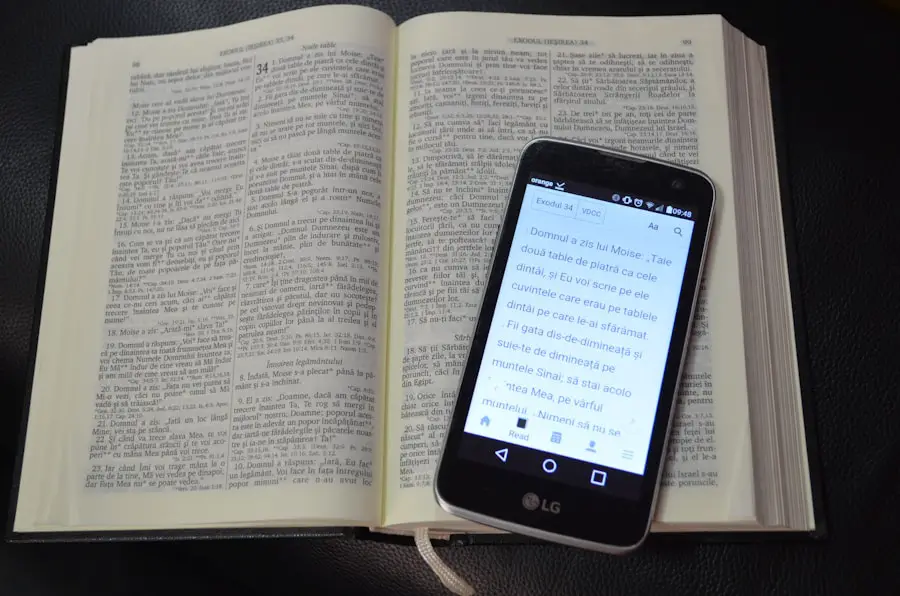Read receipts are a feature integrated into many messaging and email applications that inform the sender when their message has been read by the recipient. This functionality is particularly prevalent in instant messaging platforms like WhatsApp, Facebook Messenger, and even SMS services on Android devices. The underlying technology relies on a simple acknowledgment system: when a message is opened, the app sends a signal back to the sender, indicating that the message has been viewed.
This can enhance communication by providing clarity about whether a message has been received and acknowledged, but it can also lead to anxiety or pressure to respond promptly. The implementation of read receipts varies across different applications. For instance, in WhatsApp, a single gray check mark indicates that a message has been sent, two gray check marks mean it has been delivered, and two blue check marks signify that it has been read.
In contrast, email applications may use different indicators, such as a notification that appears in the sender’s inbox.
While some users appreciate the transparency that read receipts provide, others find them intrusive or prefer to maintain their privacy. Understanding how these features work is crucial for users who wish to manage their communication preferences effectively.Key Takeaways
- Read receipts on Android messaging apps allow senders to see when their messages have been read by the recipient.
- To disable read receipts on Android messaging apps, go to the app settings and turn off the read receipts option.
- Android email apps also have read receipts, which can be disabled by going to the app settings and turning off the read receipts feature.
- Third-party apps can be used to disable read receipts on Android if the built-in options are not available.
- Considerations when disabling read receipts on Android include potential impact on communication and privacy, as well as limitations in certain apps or devices.
- To re-enable read receipts on Android, simply go back to the app settings and turn on the read receipts feature.
How to Disable Read Receipts on Android Messaging Apps
Disabling read receipts on Android messaging apps can vary depending on the specific application being used. For example, in WhatsApp, users can easily turn off read receipts by navigating to the app’s settings. By selecting “Account,” then “Privacy,” users can toggle off the “Read Receipts” option.
This action prevents others from seeing when messages have been read, but it also means that users will not be able to see read receipts from others. This mutual aspect of the feature is essential for users to consider; turning off read receipts can create a more private messaging experience but may also lead to misunderstandings if the sender expects a prompt response. In other messaging applications like Facebook Messenger, the process is slightly different.
While Messenger does not have a direct option to disable read receipts, users can employ a workaround by turning off notifications or using the app in “Airplane Mode.” By doing so, users can read messages without sending a read receipt back to the sender. However, this method requires some forethought and may not be practical for everyone. Each messaging app has its own unique settings and features, so users should familiarize themselves with their preferred platforms to manage their read receipt preferences effectively.
Disabling Read Receipts on Android Email Apps

When it comes to email applications on Android devices, disabling read receipts can be a bit more complex than in messaging apps. Many email clients, such as Gmail or Outlook, do not offer a straightforward toggle to disable read receipts because this feature is often controlled by the sender’s settings rather than the recipient’s. However, some email services allow users to manage their preferences regarding read receipts through specific settings or by using third-party tools.
For instance, in Gmail, while there is no direct option for recipients to disable read receipts, users can choose to mark emails as unread after reading them. This action can help maintain an illusion of unread status, although it does not prevent senders from receiving notifications if they have requested a read receipt. In contrast, some enterprise-level email services provide more granular control over read receipt settings, allowing users to decline requests for read receipts altogether.
Understanding these nuances is essential for users who prioritize privacy in their email communications.
Using Third-Party Apps to Disable Read Receipts on Android
| Third-Party App | Compatibility | Rating | Number of Downloads |
|---|---|---|---|
| Unseen – No Last Seen | Android 4.4 and up | 4.5 | 1,000,000+ |
| Blue Tick – Hide Last Seen | Android 5.0 and up | 4.2 | 500,000+ |
| Hide Read Receipts | Android 6.0 and up | 4.0 | 100,000+ |
For those who find the built-in options insufficient for managing read receipts on their Android devices, third-party applications can offer additional solutions. Various apps are designed specifically to enhance privacy and control over messaging and email features. For example, apps like Signal and Telegram provide end-to-end encryption and allow users to disable read receipts easily.
These platforms prioritize user privacy and offer features that cater to individuals who wish to maintain control over their communication. Moreover, some third-party email clients also provide options for managing read receipts more effectively than standard Android email apps. Applications like BlueMail or K-9 Mail may offer settings that allow users to block or ignore read receipt requests from senders.
By utilizing these alternative applications, users can create a more tailored communication experience that aligns with their privacy preferences.
However, it is essential to research and choose reputable third-party apps to ensure data security and reliability.Considerations and Limitations when Disabling Read Receipts on Android
While disabling read receipts can enhance privacy and reduce pressure in communication, there are several considerations and limitations that users should keep in mind. One significant aspect is the potential for miscommunication. When read receipts are turned off, senders may feel uncertain about whether their messages have been received or acknowledged.
This uncertainty can lead to frustration or misunderstandings in both personal and professional contexts. Users must weigh the benefits of privacy against the potential drawbacks of unclear communication. Additionally, some applications may not allow users to disable read receipts entirely or may have limitations on how this feature works.
For instance, in group chats or certain messaging platforms, disabling read receipts might not be an option at all. Furthermore, some users may find that disabling read receipts affects their relationships with others who expect timely responses based on message acknowledgment. It is crucial for individuals to consider their communication style and the expectations of those they interact with before making changes to their read receipt settings.
Re-enabling Read Receipts on Android if Needed

If users decide that they want to re-enable read receipts after having disabled them, the process is typically straightforward but varies by application. In WhatsApp, for example, users can return to the “Privacy” settings under “Account” and toggle the “Read Receipts” option back on with just a few taps. This flexibility allows individuals to adjust their preferences based on changing circumstances or personal comfort levels.
In email applications like Gmail or Outlook, re-enabling read receipts may not be as direct since these features are often controlled by the sender’s settings rather than the recipient’s preferences. However, if users switch back to an email client that supports read receipts or adjust their settings in an enterprise-level email service, they may find options available for managing these notifications again. The ability to toggle these features on and off provides users with control over their communication experience while allowing them to adapt as needed based on their interactions with others.
In conclusion, understanding and managing read receipts on Android devices involves navigating various settings across different messaging and email applications. Users have multiple options for disabling or re-enabling these features based on their preferences for privacy and communication style. By considering the implications of these choices and exploring third-party solutions when necessary, individuals can create a more personalized communication experience that aligns with their needs and expectations.
If you are looking for more information on managing your Android device, you may want to check out this article on how to turn off read receipts on Android. This article provides step-by-step instructions on how to disable read receipts for various messaging apps on your Android device. It is a helpful resource for those who value their privacy and want to control when others can see if they have read their messages.
FAQs
What are read receipts on Android?
Read receipts on Android are notifications that let the sender of a message know when the recipient has read their message. This feature is available on various messaging apps such as WhatsApp, Facebook Messenger, and iMessage.
How do I turn off read receipts on Android?
The process of turning off read receipts on Android varies depending on the messaging app you are using. Generally, you can find the option to disable read receipts in the settings or privacy section of the app. For example, in WhatsApp, you can go to Settings > Account > Privacy and uncheck the “Read receipts” option.
Why would I want to turn off read receipts on Android?
Some people prefer to turn off read receipts for privacy reasons or to avoid feeling pressured to respond immediately to messages. Disabling read receipts can also prevent the sender from knowing when you have read their message.
Will the sender know if I turn off read receipts on Android?
If you turn off read receipts on Android, the sender will not receive a notification when you have read their message. The app will not display the “read” status, and the sender will only see the message as “delivered” or “sent.”
Can I turn off read receipts for specific contacts on Android?
In some messaging apps, such as WhatsApp, you can only turn off read receipts for all contacts at once. However, there are third-party apps and workarounds that allow you to selectively disable read receipts for specific contacts on Android.
